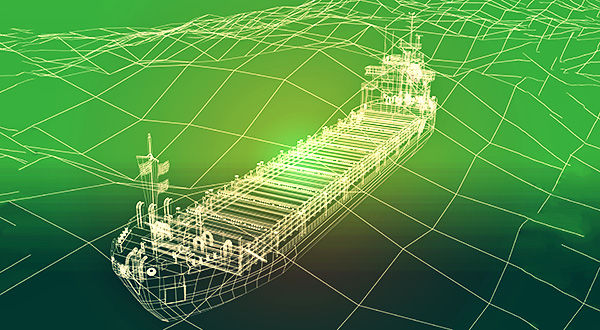The International Organization for Standardization (ISO) has published the long-awaited ISO 19030, a new standard conceived to measure changes in ship-specific hull and propeller performance. Jotun, an expert in marine antifouling coatings, says this move has the potential to reduce the industry’s green house gas emissions by 10 %, while saving operators up to USD 30 billion in annual energy costs.
SO 19030-1:2016 outlines general principles for the measurement of changes in hull and propeller performance and defines a set of performance indicators for hull and propeller maintenance, repair and retrofit activities.
The general principles outlined and performance indicators defined are applicable to all ship types driven by conventional fixed pitch propellers, where the objective is to compare the hull and propeller performance of the same ship to itself over time
ISO 19030 has been more than three years in the making. It’s seen a collaboration of 53 expert stakeholders from throughout the industry working together to develop a uniform framework for measuring the efficacy of solutions improving hull and propeller performance. The company has been central to the process with Geir Axel Oftedahl, Jotun Business Development Director, Hull Performance Solutions, managing the project for its entire duration on behalf of ISO.
“This is a day of celebration for all stakeholders in, and connected to, the global shipping industry. Poor hull and propeller performance accounts for around 10 % of the world fleet’s energy costs (USD 30 billion) and green house gas (GHG) emissions. With this standard we can finally quantify how solutions, such as advanced antifouling coatings, can tackle that issue – providing accountability and ROI for shipowners, while detailing the enormous potential for GHG and cost reductions.” Mr Axel comments.
The standard provides a transparency that has been lacking in the industry and will be a central driver for enhancing environmental performance and vessel efficiency. I’d like to congratulate all the key players involved in this process, especially Svend Søyland, formerly of Bellona and now with Nordic Energy Research, who has convened the ISO working group, Standards Norway, including Knut Aune, who has served as the secretariat for ISO 19030, and, of course, ISO itself.
This is a huge leap forward for shipping and the environment, and it would not have been possible without an extraordinary spirit of collaboration and consensus.”
The standard offers a two-tier methodological approach: ISO 19030-2, the default measurement method, with the most exacting requirements and greatest measurement accuracy; and ISO 19030-3, allowing for ‘alternative methods’ and included in order to increase the applicability of the standard.
Source: Jotun






























































